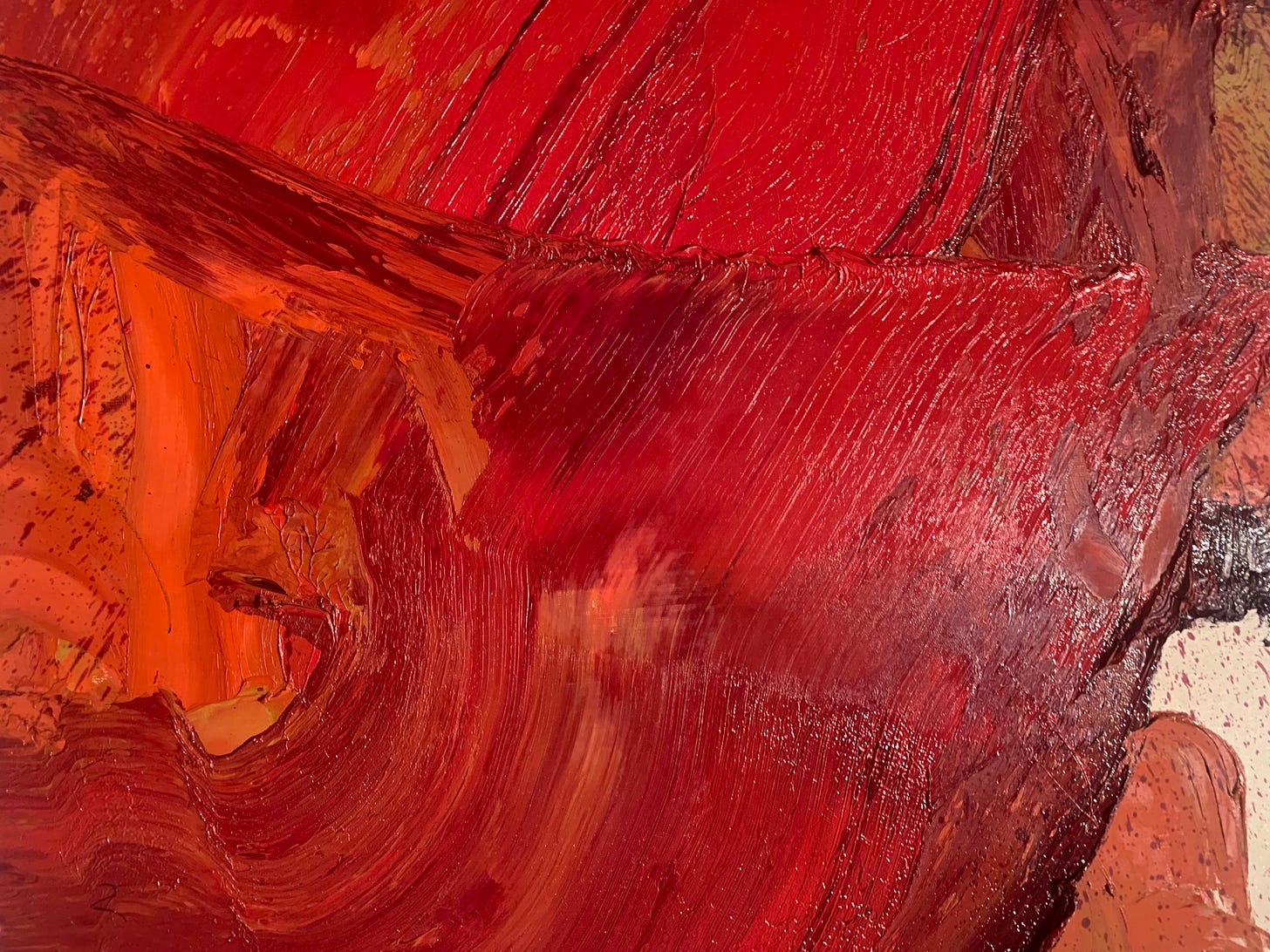Just beyond the asteroid belt, Jupiter spins slowly, surrounded by faint rings. Jupiter’s atmosphere is the largest in the solar system. Jupiter’s atmosphere presses down against the planet with ten times as much force as the Earth’s atmosphere. Jupiter’s atmosphere is thick, cloudy, and characterized by violent storms and winds. One storm is so strong that it forms a red spot larger than earth, a spot that has been spinning counter-clockwise for at least 200 years.
Jupiter is a gas giant, comprising mainly hydrogen and helium, with only a cold, rocky core at the center. Jupiter’s mass is 2.5 times as large as the mass of all the other planets combined. And yet, even with all its mass, no one inhabits its icy core.
63 moons rotate around the gas giant, trapped by its overwhelming mass. Out of the 63 only four, the Galilean moons, are visible with a telescope: Io, Europa, Ganymede, and Callisto. Europa’s surface is barren ice, streaked and cracked. And yet its lonely surface is covered by oxygen. The liquid water that lies hidden below the ice holds potential for life. Potential for companionship in this tiny solar system of ours. Potential that we are not alone.
Unlike Jupiter, Mercury is so small it cannot hold on to gases long enough for them to form an atmosphere. Solar winds blow hydrogen and helium to the tiny planet where they quickly escape back into space. There is no ozone layer, no protection. One day the sun will grow with age and engulf Mercury in flames. The ice caps will evaporate before they get a change to melt into liquid. No one will notice.
From outer space the third planet from the sun is blue and green with swirls of white clouds. Unlike the clouds of its neighbors, Earth’s clouds are made from water vapor, which occasionally falls in droplets from the sky. Earth is the only planet to have trees, civilization, love, desire, heartbreak. Below the surface, pools of orange magma swirl, shifting the size and shapes of the mountains, valleys and oceans. Even in the deepest depths of a volcano, the Earth is filled with life. Microscopic archea are extremophiles: single cells with no brains, no consciousness, no feelings.
Atmospheres are composed of carbon dioxide, phosphorus, sulfur, nitrogen, hydrogen, or helium. The word comes from the Greek word atmos meaning air, and the word sphaira meaning sphere. An invisible sphere of air surrounds us. It produces weather—clouds, rain, storms, wind—strong enough to alter the geography of a planet. It is held down by gravity, and in turn puts pressure on the solid core beneath it. Most times we look up at a clear blue sky and don’t realize that the atmosphere is refracting every bit of light we see.
Each breath of life begins with a contraction of the diaphragm. The steady inhale and exhale keep us alive, but as we breathe life rushes by. We can fill our heads with information and facts; we can memorize elements, molecules, body systems; we can understand the physicality of the solar system. But we still can’t figure out what life is all about. You can sneak out of the house late at night and wander across the street to the beach to feel the cold sand in between your toes as you stare out at the black ocean, which blends into a black sky dotted with an infinite number of stars that you try to arrange into pictures, stories, myths, meaning. And then you remember the bright sun beating against your back as you pedal your bike down the sandy street, the gentle feeling of clasped hands, the warmth of your own bed, the sound of sizzling chicken as your father and sister cook dinner, the tears that form in the corners of your eyes and roll down your cheeks as your face pulls into a smile and you gasp for breath.

